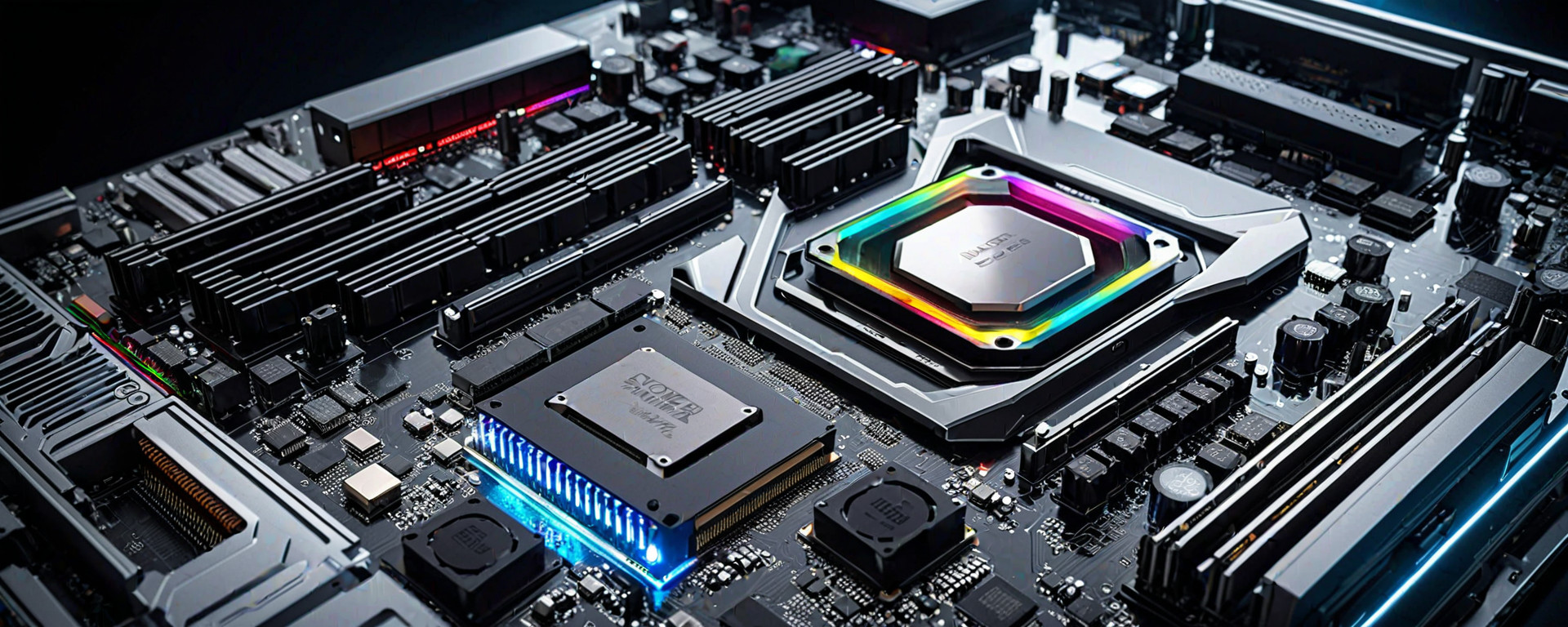Introduction to Noise Cancellation
Noise cancellation is a technology designed to enhance audio experiences by reducing unwanted ambient noise. This feature is particularly beneficial in environments where external sounds can be distracting, such as busy airports, urban streets, or noisy offices. There are two main types of noise cancellation: active noise cancellation (ANC) and passive isolation.
Differentiating ANC and Passive Isolation
Active noise cancellation works by generating sound waves that cancel out incoming noises, while passive isolation uses physical barriers like ear cups to block external sounds. Each method has its advantages, but they often work best in combination for optimal performance.
Active Noise Cancellation (ANC)
Active noise cancellation is a sophisticated technology that utilizes microphones and electronic circuits to reduce unwanted background noises. Microphones detect incoming sound waves and send this data to an onboard processor, which creates anti-noise signals to counteract the original sounds.
How ANC Works
The process involves three main steps:
- Detection: Microphones capture ambient noise.
- Analysis: The onboard processor analyzes the detected sound waves and creates anti-noise signals.
- Cancellation: Speakers emit anti-noise signals to counteract incoming sounds, resulting in a quieter listening experience.
Benefits of ANC
The primary advantage of active noise cancellation is its ability to reduce low-frequency noises effectively. This makes it ideal for environments with constant humming or rumbling sounds. Additionally, ANC provides a customizable audio experience by allowing users to adjust the level of noise reduction.
Drawbacks of ANC
Active noise cancellation systems can be power-intensive and may drain battery life more quickly than devices without this feature. Moreover, they might not perform well against high-frequency noises or sudden loud sounds.
Pasive Isolation
Pasive isolation relies on physical barriers to block external sounds rather than electronic processing. This method is simpler and generally less power-intensive compared to ANC.
How Passive Isolation Works
- Earmuffs: Devices like headphones or earbuds with over-ear cups create a seal around the ears, blocking external sounds.
- Materials: Dense materials such as foam or leather in earmuff designs help absorb and dampen noises.
Benefits of Passive IsolationSimple Design: Does not require additional electronic components, making it less complex.Power Efficiency: Consumes minimal power compared to ANC systems.Durable: Physical barriers tend to be more durable and resistant to wear and tear.
Drawbacks of Passive Isolation
Pasive isolation is less effective against high-frequency sounds. It also relies heavily on the fit and seal around the ear, which can vary depending on individual anatomy or environmental conditions.
Combining ANC and Passive Isolation
Many modern devices incorporate both active noise cancellation and passive isolation for optimal performance. This combination leverages the strengths of each method to provide a balanced audio experience.
Benefits of Combined Method
- Better Noise Reduction: Combining ANC with physical barriers enhances overall noise reduction capabilities.
- Versatility: Users can switch between different modes for various environments, offering flexibility and adaptability.
- Energies Efficient: Passive isolation reduces the strain on the battery while still providing decent noise cancellation.
Tech Specifications and Performance Metrics
To evaluate noise cancellation performance, several key metrics are important. These include:
- Noise Reduction Ratio (NRR): Measures the effectiveness of passive isolation in reducing decibel levels.
- Total Harmonic Distortion (THD): Indicates how well a device maintains audio fidelity, particularly under active noise cancellation conditions.
- Battery Life: Duration a device operates on battery power while using ANC features.
Real-World Usage Scenarios and Case Studies
The effectiveness of noise cancellation varies based on usage scenarios. Here are some practical examples:
Airport Use
In airports, the constant hum of engines and chatter can be overwhelming. Devices with combined ANC and passive isolation offer superior performance by blocking low-frequency engine sounds while also dampening high-pitched announcements.
Urban Streets
Noisy streets filled with traffic and pedestrians require a device that provides both physical barriers to block ambient noise and active cancellation for deeper reduction of persistent background noises.
Troubleshooting Common Issues
Users often encounter issues such as inconsistent noise reduction, battery drain, or fit problems. Here are some common troubleshooting tips:
Inconsistent Noise Reduction
- Check Fit: Ensure the device fits securely around your ears to maintain a proper seal.
- Update Firmware: Outdated firmware may cause suboptimal performance; check for updates and install them if necessary.
Battery Drain Issues
- Disable Unnecessary Features: Turn off ANC when not needed to conserve battery life.
- Optimize Settings: Adjust noise cancellation settings according to your environment for better efficiency.
Conclusion
Active noise cancellation and passive isolation are complementary technologies that enhance the audio experience in various scenarios. By understanding their strengths and limitations, users can make informed decisions when selecting devices with these features.
Frequently Asked Questions (FAQs)
What is Active Noise Cancellation?
Active noise cancellation uses electronic processing to reduce unwanted background noises by emitting anti-noise signals through speakers.
How Does Passive Isolation Work?
Pasive isolation blocks external sounds using physical barriers like over-ear cups and dense materials.
Why Combine ANC with Passive Isolation?
Combining both methods leverages their strengths to provide better overall noise reduction, flexibility in usage modes, and improved power efficiency.
How Do I Choose Between Different Noise Cancellation Methods?
Select a device based on your specific needs, environment, and preferences for balancing performance with battery life considerations.








